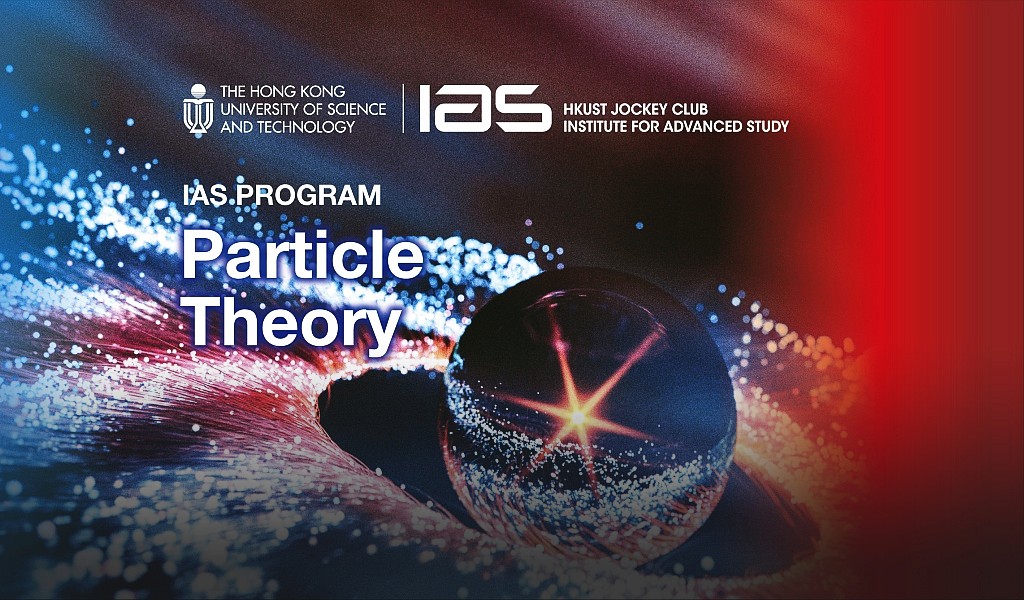Cosmological Constraint from the Redshift Evolution of Alcock-Paczynski Effect
Overview
The speaker derives cosmological constraints from the redshift dependence of the Alcock-Paczynski (AP) effect. The apparent anisotropy in the observed galaxies arise from two main sources: the RSD effect due to the galaxy peculiar velocities, and the AP effect which is the geometric distortion when incorrect cosmological models are assumed for transforming redshift to commoving distance. Anisotropies produced by the RSD effect are, although large, maintaining a nearly uniform pattern over a large range of redshift, while the degree of anisotropies from the AP effect varies with redshift significantly. The speaker tests the method on HR3 N-body simulations and applies it to the SDSS-III BOSS survey. He splits the BOSS DR12 galaxies into six redshift bins, measures the 2-point correlation function in each bin, and assesses its redshift evolution. He gets tight cosmological constraints comparable to the other cosmological probes of SNIa, CMB, BAO. Combining them with the method yield tight constraints of Ωm = 0.301 ± 0.006, w = -1.054 ± 0.025, the speaker expects his method will play an important role in deriving cosmological constraints from large scale structure surveys.
About the program
For more information, please visit https://iasprogram.hkust.edu.hk/particle_theory/ for details.



